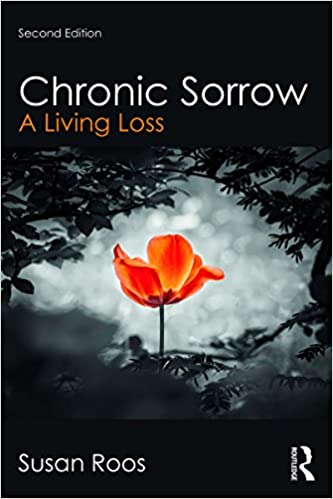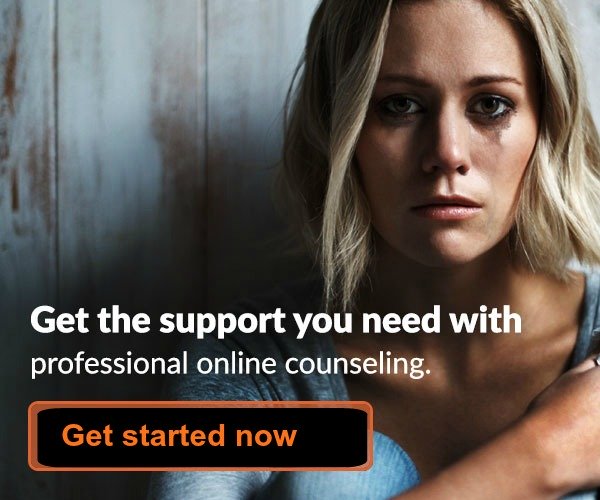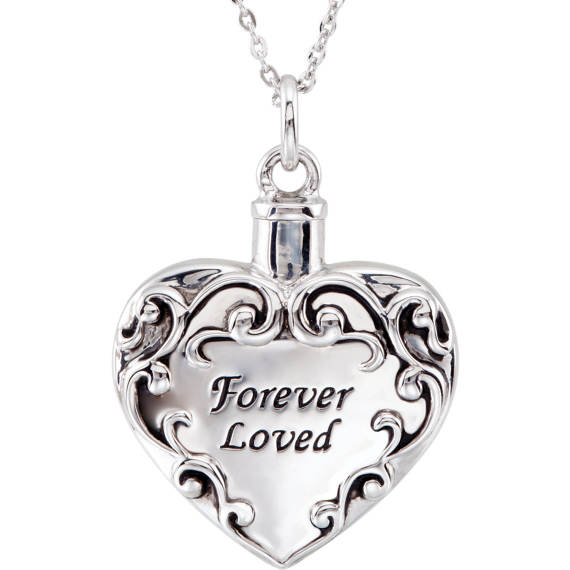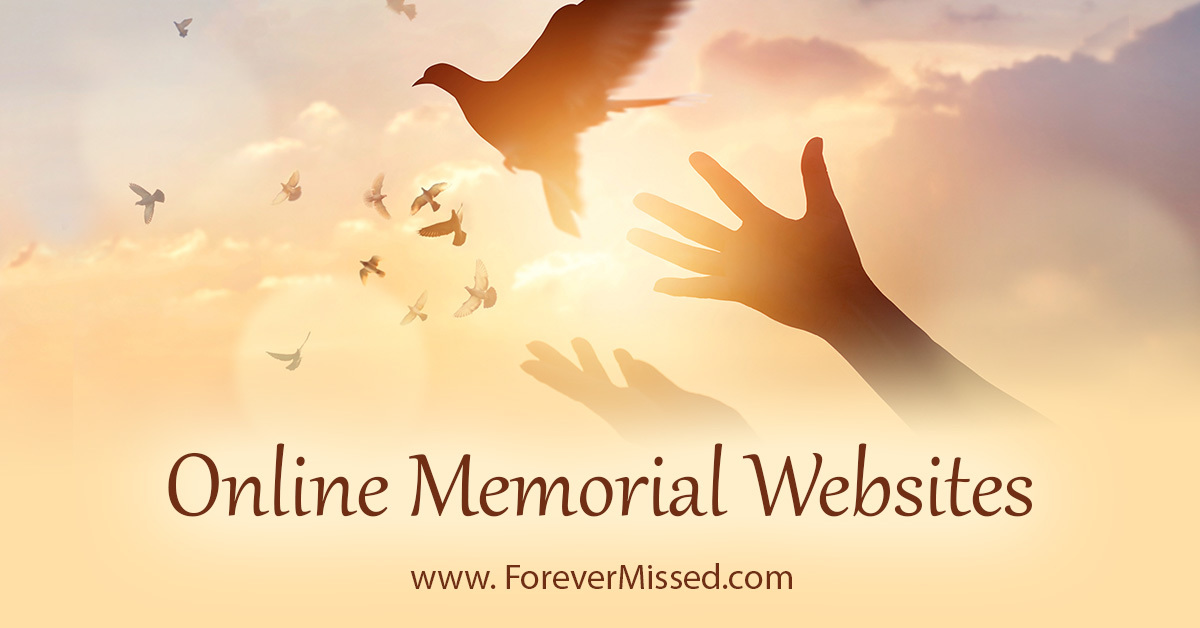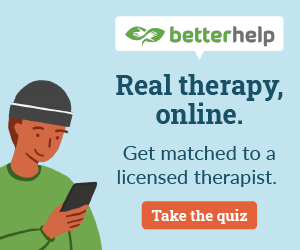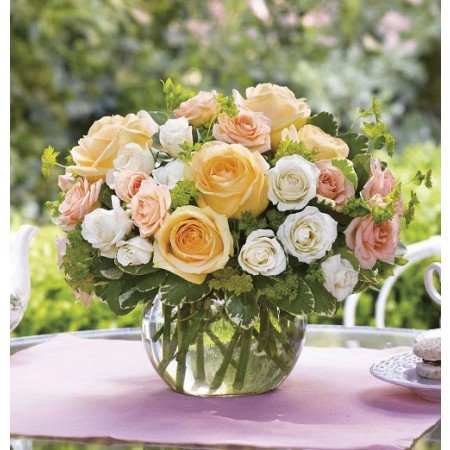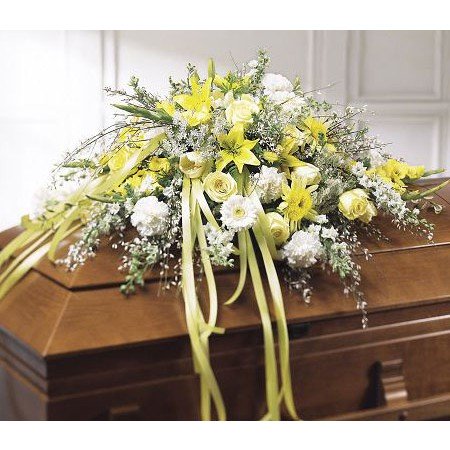What Is Chronic Sorrow?
By Sue McDonald, (BA, PGCE, Dip Couns, Cert Couns, Dip Supervision)
“The term chronic sorrow, has been used to describe the long-term periodic sadness the chronically ill (and/or disabled) and their caregivers experience in reaction to continual losses.” https://pubmed.ncbi.nlm.nih.gov/1585085/
Originally, a way of describing the continual losses experienced by parents of disabled children, chronic sorrow can be experienced by the chronically ill or disabled themselves, as well as those caregivers who are looking after partners or family members with long-term diseases such as multiple sclerosis or dementia. We have many pages to help those caring for someone with dementia here.
Our guest writer, Sue McDonald, has first hand experience of chronic sorrow, as the parent of her disabled child, Helen, now in her thirties. Susan is also a qualified grief counselor and expert in journaling. Susan has kindly shared her story of chronic sorrow and how she has learned to live with and heal from this form of long-term grief.
“Chronic Sorrow –
A living, breathing, never-ending grief”
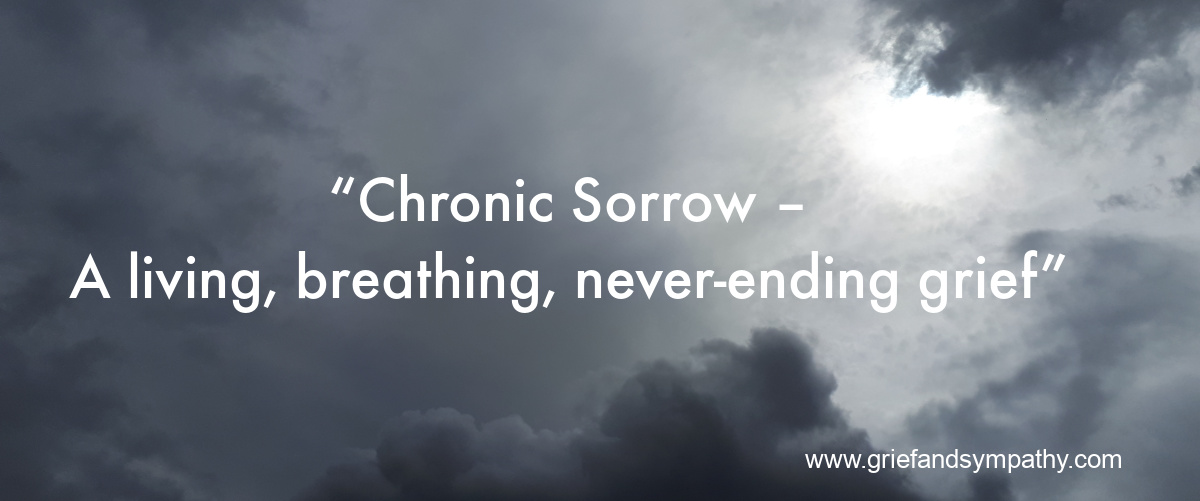
I am reflecting on chronic sorrow, a term coined by Simon Olshansky to describe the ongoing grieving process in parents of children with disabilities. This is my never-ending, perpetual grief for the healthy, non-disabled child I did not have. It is the story of life and loss experienced through my disabled child, of pain and suffering - the ups and downs of life with disability.
I live with grief and loss every day of my life. I see Helen, and I see pain, loss, suffering, exclusion, daily struggles and challenges as she strives to fight her way through life. I also see determination, tenacity, strength, courage and immense bravery as she faces her disabilities every day, striving to overcome her own and others’ prejudices, pity, patronisation. I experience all these human frailties within myself as I battle to contain my own fears and emotional pain as I watch her struggle and suffer. I wonder if I am doing it right? How do I parent to child with cerebral palsy? A broken brain? A paralysed body? A vulnerable, fragile child, whom I protected, wrapped in cotton wool, to save her from this terrifying world. In doing so, I blocked her developmental process, preventing her from protecting herself.
I see Helen and I feel both pain and pride in equal measures, as I watch her fight her demons to gain control over her broken body and brain. I promised her, when she was a baby, that I would help her to reach her potential, yet I had no idea how difficult that would be, or even what that really meant. Watching and witnessing my little girl grow up in a plastic world of perfection, with a physical and intellectual disability is sometimes more than I can bear. Yet her condition is deemed mild. Mild? What does this even mean? To me, it means she doesn’t fit! In neither the able-bodied nor the disabled world. She has fallen between the cracks into no man’s land. The marginal lands outside the socially accepted confines of our social systems, defined by the ignorant and unaware.
Repressing My Chronic Sorrow
Chronic sorrow is a constant in my life. It used to be the elephant in the room. The part of me I once denied, ignored, and buried as I fought to stay afloat in an unknown world of disability, doctors, diagnoses and discrimination. I couldn’t handle the overwhelming cyclone of emotional pain and terror surging through my body, so I repressed it all. To cope, I covered myself with a suit of armour to protect me, functioning on automatic survival mode. For 20 years I remained in this state. Appearing normal on the outside, but drowning inside, in an ocean of tears, frustration, and pain.
Two huge wounds locked inside me, buried beneath layers of defences, hidden in the depths, awaiting acknowledgement and release. My inner mother, and inner child, both wounded deeply and unable to cope with the extraordinary pain and suffering in my life. I buried the lot, donned my mask and cloak of competence, presenting a highly functioning persona to the world, whilst completely dissociating from the emotional parts of myself who had been deeply traumatised and wounded by attachment traumas, causing broken bonds within me, to my deepest self. Broken bonds suffered by traumas at my own birth, and later, Helen’s.
Digging into the Depths of My Chronic Sorrow
Helen’s disability changed all of our lives, and it still affects us every single day. However, today I have opened the door to my inner world, delved into the core of my wound, to excavate the pain of my wounded ‘mother-self’, as well as that of my lost wounded ‘infant-self’, whom I found hiding in the darkest shadows of my unconscious mind. My own abandoned wounded child, locked away since my own traumatic birth 30 years before Helen’s arrival.
These wounds still remain, no longer buried nor hidden, but are open, healing and very present in my life.
Healing from Our Traumas
Every day I am reminded of the losses I have experienced, and continue to experience, as I watch Helen battle her way through life. She works so hard to overcome her traumas, which have never been acknowledged or recognised as trauma. Yet cerebral palsy is, by definition, a condition which affects the nervous system, and is therefore one of the most major, defining traumas that exists. Helen is not recognised as a victim of trauma by our medical system, which treats her as a patient, dehumanised, with symptoms to be diagnosed and managed by experts.
Today we have cut ties with the external “experts”, engaging our own self-healing mechanisms, to address our traumas naturally.
Both Helen and I have suffered deep core attachment traumas which I now wonder are the cause of her physical disability? I am certain beyond all doubt, that her autism is the result of generational attachment trauma in both sides of our family. The evidence is overwhelming and too obvious to deny. I am certain that autism is a direct consequence of very early attachment trauma, severing the bonds between mother and infant, and therefore the internal bonding of the self, within the psyches of both mother and child. As I continue to connect to my self, I am certain I will discover more answers to questions I have yet to ask.
My saviour is my journal, which continues to be my source of inspiration, my guide, my therapist and my greatest teacher. It is my portal into my inner world, my intuitive self, my wisdom, and my soul.
Learning to Live with Chronic Sorrow
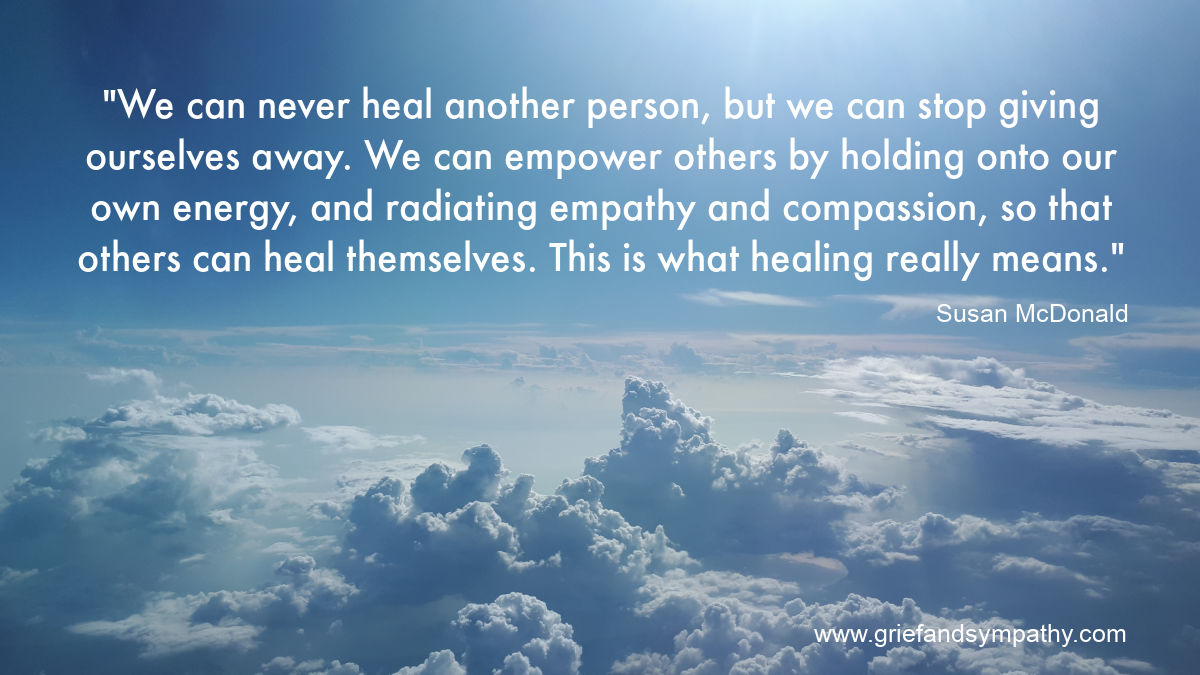
My chronic sorrow is no longer a hidden part of me which I was once too terrified and ashamed to explore. It is now an integral part of me, which I live with every day of my life. It no longer consumes me and I’m aware of its presence.
Whenever I am triggered, I allow myself time and space to feel and grieve my pain. I let myself acknowledge my very real and natural emotions, I accept and welcome them as they emerge in their entirety.
There is no longer an empty void inside me. That void has become my inner sanctum. A sacred space inside my heart, where I can feel my emotions with heartfelt compassion for myself and for my daughter.
I am no longer dissociated, detached and cut off from myself and the rest of humanity.
I can give myself the compassion and empathy I need, to allow myself to feel everything, as my emotions ebb and flow through my body in response to how I experience the world around me.
I am living in present time, moment to moment.
I no longer hide my grief, my pain and my traumas. Whenever I feel sad, I enter my inner sanctum to feel what I am feeling with compassion for both mother and child inside me. This enables me to extend my compassion beyond myself, to others, who I see suffering and often denying their own pain, just as I did. This is deeply healing for me, and those around me.
Today I no longer absorb others’ emotional pain, as I had learnt to do as a small child with my mother. I can now deflect others’ pain energy, and return it with respect, assertiveness, and love, because it belongs to them. It is for them to heal themselves.
I have no magic potions, no answers to heal other people. We can never heal another person, but we can stop giving ourselves away. We can empower others by holding onto our own energy, and radiating empathy and compassion, so that others can heal themselves. This is what healing really means. I can see how my own power is now developing.
Today, my chronic sorrow is only a part of me, alongside every emotion which flows through me as, I experience the world around me in present time.
I am no longer trapped and stuck in the past, pretending all is well, distracting myself with endless activities, tricking my mind into believing that I am okay. I was far from okay, and completely detached from my innate self.
Today I am attached and connected internally, enabling me to attach and connect to others, externally, which then, in turn, enables them to attach and connect to themselves, and so on. This is how we heal ourselves and each other.
Is this the butterfly effect? I think so.
Recommended Read:
- Grief and Sympathy Home
- Disenfranchised Grief
- What Is Chronic Sorrow
Where to get help:
Have You Considered One-on-One Online Grief Counseling?
Get Expert and Effective Help in the Comfort of Your Own Home
The following information about online counseling is sponsored by 'Betterhelp' but all the opinions are our own. To be upfront, we do receive a commission when you sign up with 'Betterhelp', but we have total faith in their expertise and would never recommend something we didn't completely approve.
Do you feel alone and sad with no support and no idea how to move forward? It can be tough when you are stuck in grief to find the motivation to get the most out of your precious life.
Online counseling can help by giving you that support so you don't feel so alone. You can have someone to talk to anytime you like, a kind and understanding person who will help you to find meaning in life again, to treasure the memories of your loved one without being overwhelmed and to enjoy your activities, family and friends again.
- Simply fill out the online questionnaire and you will be assigned the expert grief counselor most suitable for you. It only takes a few minutes and you don't even have to use your name.
- Pay an affordable FLAT FEE FOR UNLIMITED SESSIONS.
- Contact your counselor whenever you like by chat, messaging, video or phone.
- You can change counselor at any time if you wish.
- Click here to find out more and get started immediately.
- Or read more about how online counseling works here.
Sales from our pages result in a small commission to us which helps us to continue our work supporting the grieving.
Hypnosis for Grief - 10 Ways It Can Help You
Try a gentle hypnotherapy track to relax the mind. Learn how self-hypnosis can help you cope with grief at any time of the day or night.

For Remembrance:
Sales from our pages result in a small commission to us which helps us to continue our work supporting the grieving.
Memorial Jewelry to Honour a Loved One
Check out our lovely range of memorial jewelry for any lost loved one. Pendants, necklaces, rings or bracelets, we have them all in all kinds of styles. Choose for yourself or buy as a sympathy gift.
Create an Online Memorial Website
Honour your loved one with their own memorial website. Share photos, videos, memories and more with your family and friends in a permanent online website. Free for basic plan with no ads.
